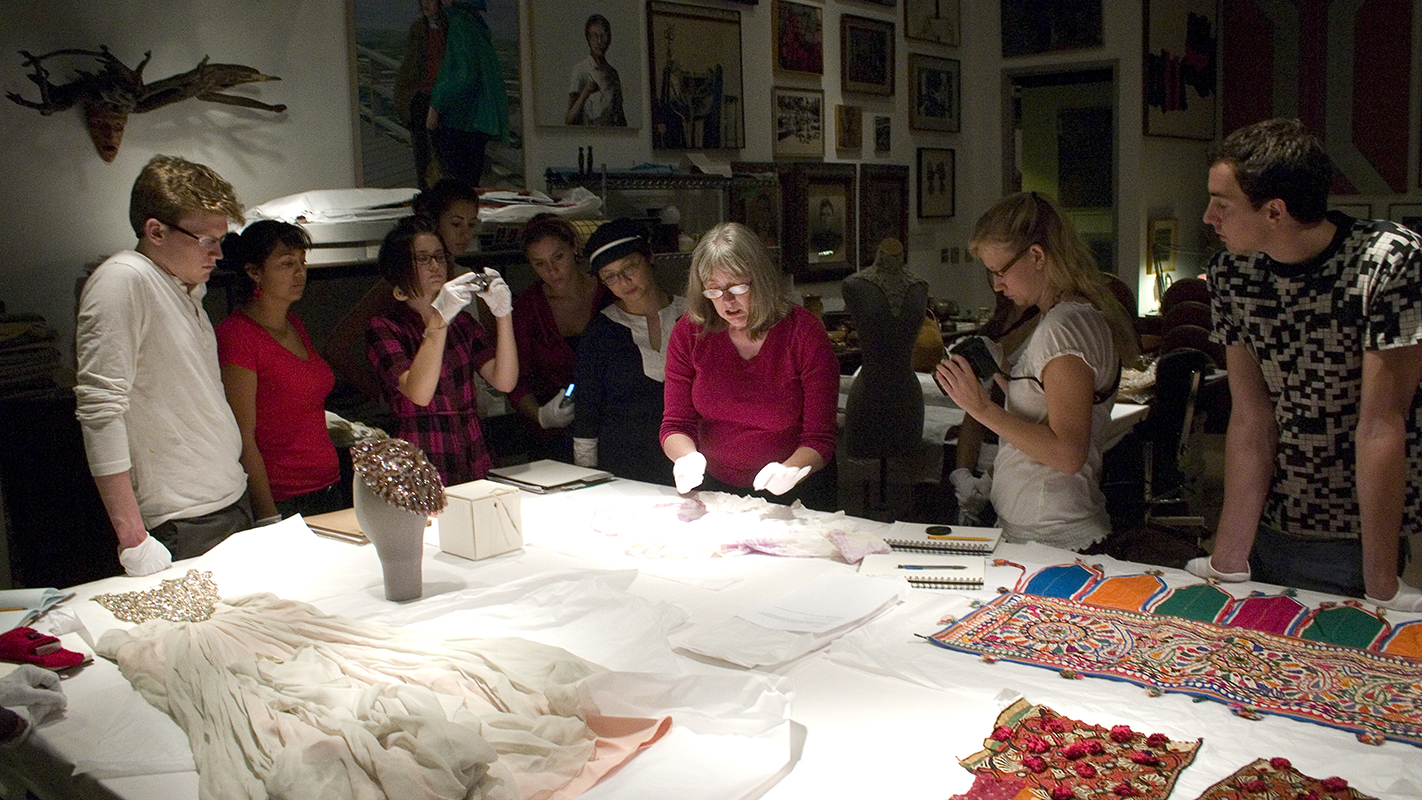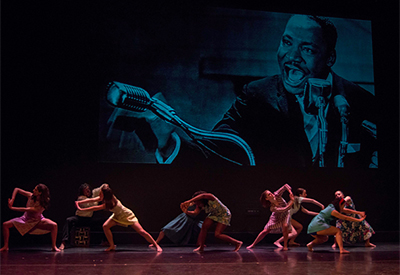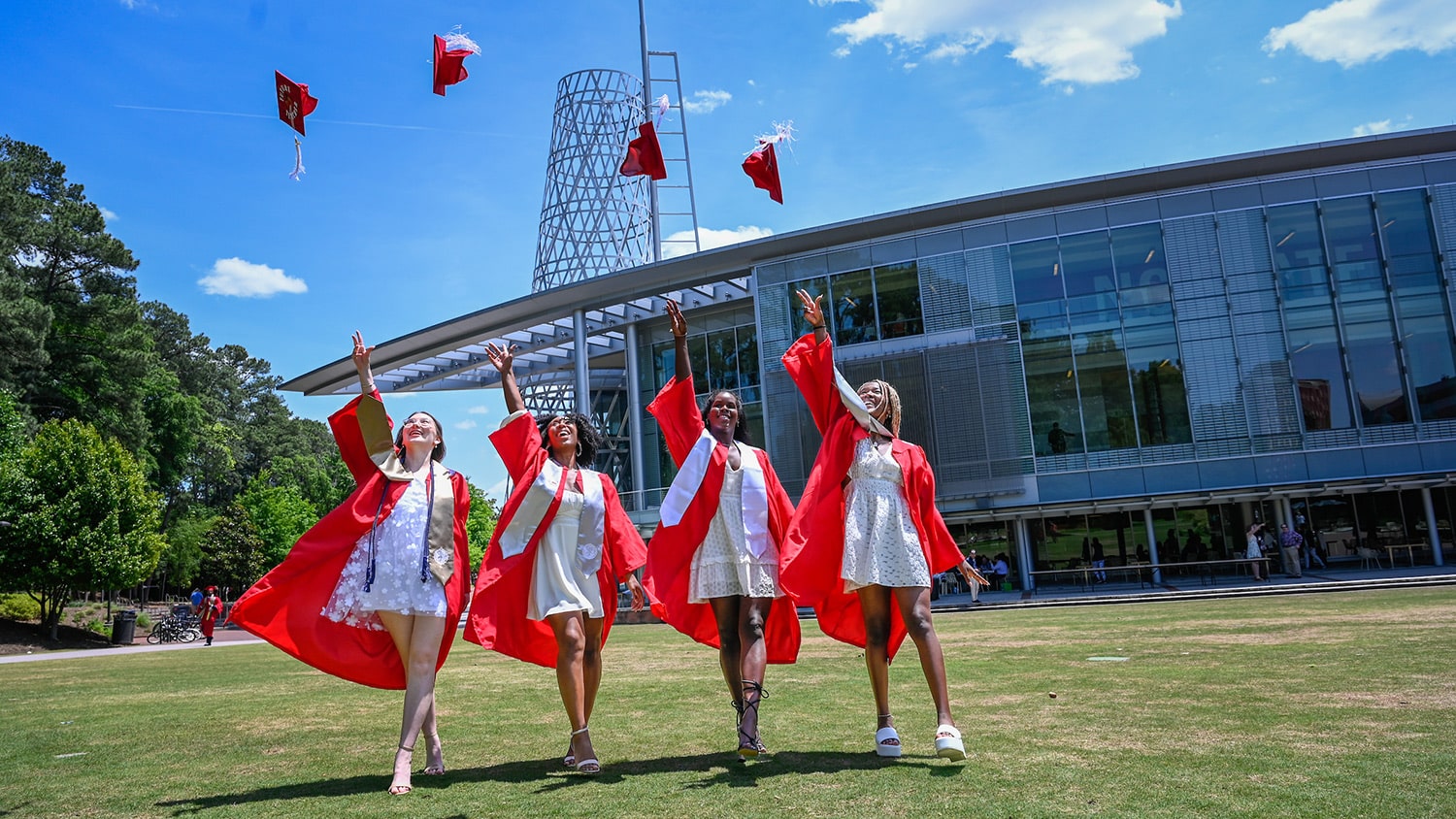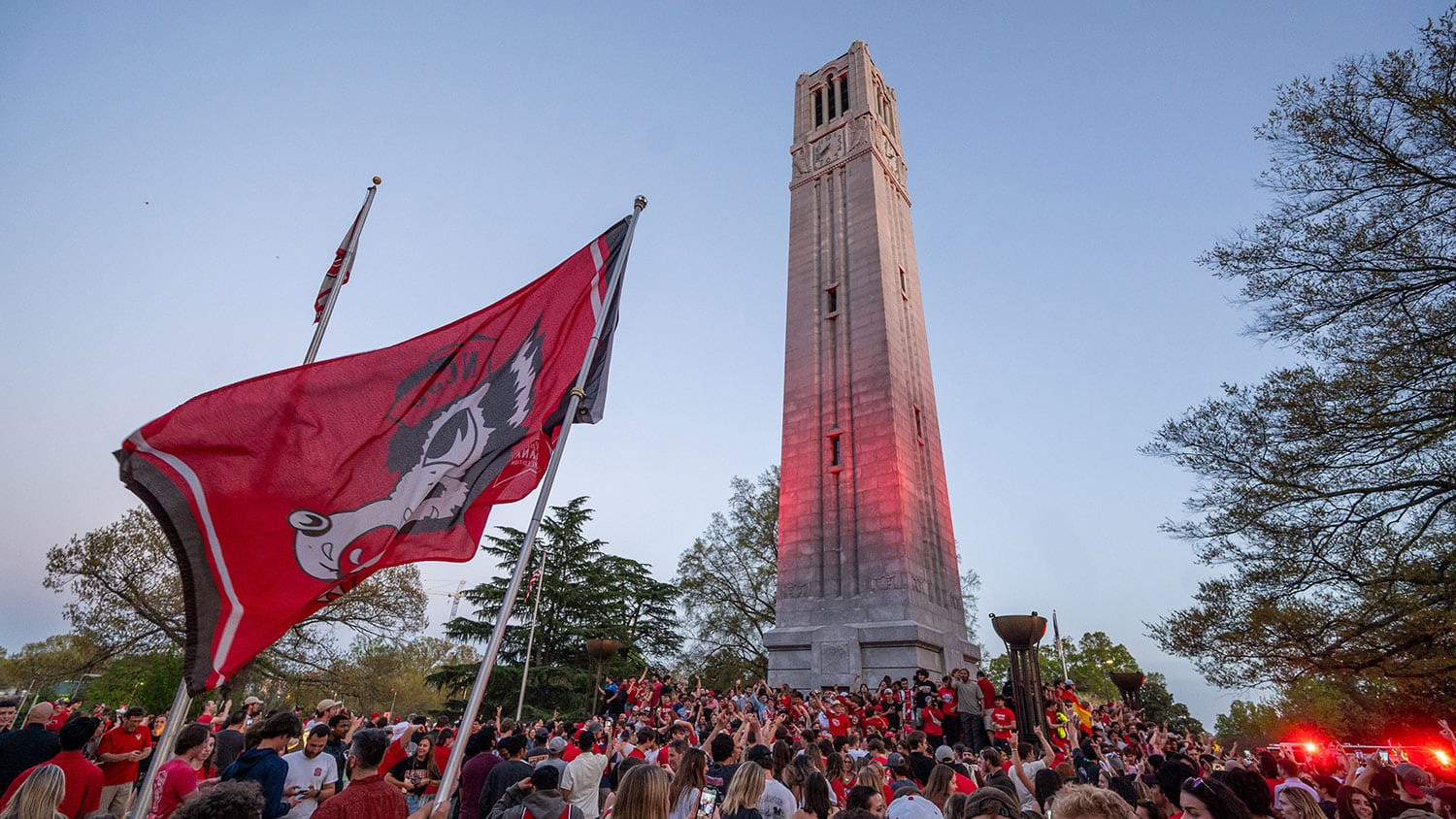Art for Academics’ Sake

Quick: Name an art form that comes to mind when you hear the phrase “theoretical physics.”
Did you draw a complete blank? Most people would. However, if “classical music” came to mind, then perhaps you know that Albert Einstein was both a violinist and a devoted fan of Mozart. Einstein played his instrument throughout his life, from the age of 13 until almost the end of his days.
“Whenever he felt that he had come to the end of the road or into a difficult situation in his work, he would take refuge in music,” said Einstein’s older son, Hans Albert. “That would usually resolve all his difficulties.”
And it wasn’t just a quirk of Einstein’s. History is replete with examples of accomplished scientists, engineers, inventors and other innovators who participated in the arts, whether it’s Leonardo da Vinci painting The Last Supper or astrophysicist Neil deGrasse Tyson being a championship salsa dancer. In fact, research has shown that participation in the arts fosters skills that are useful in any field, such as creative imagination, critical thought, visual thinking and hand-eye coordination.
For example, researchers from Michigan State found in 2011 that people with degrees in the STEM fields (science, technology, engineering and mathematics) who founded their own companies and produced patented inventions had had more exposure to arts and crafts experiences than those who had not launched companies or registered patents. Another study, published in the Journal of Psychology of Science and Technology in 2008, found that Nobel laureates were 15 to 35 times more likely than other scientists to have an arts or crafts avocation.
Connecting Arts to the Classroom
To help NC State faculty utilize the vast curricular enrichment potential of the arts, ARTS NC STATE (ANCS) puts together a Curricular Connections Guide every semester that faculty can use to incorporate artistic experiences into their course offerings.

“We want faculty to know that ANCS can help them add a vital experiential component to their courses,” says Amy Sawyers, coordinator of arts outreach for ANCS and instructor of the arts forum course taught to all residents of the Arts Village. “The Curricular Connections Guide makes it easy for faculty to find connections between their own courses and the arts on campus.”
Every semester, ANCS staff members carefully evaluate the offerings in the upcoming arts season to determine which courses and fields of study would connect with those events in the richest, most multifaceted way.
“For example,” Sawyers says, “this past semester we presented the play Around the World in 80 Days, which really is a commentary on the Industrial Revolution. So that relates to history. Plus our Theatre Department puts on shows with strong design components, and a play has to do with literature. That’s multiple connections from just one event.”
She also mentions the November performance by Ukrainian musical ensemble Dakhabrakha, which had particular resonance with political science and the history of eastern Europe, given the recent unrest in Ukraine.
Spring Guide Now Available
Among the offerings featured in the spring 2015 Curricular Connections Guide, published this week, is a national tour of Aquila Theatre’s Wuthering Heights and The Tempest, as well as University Theatre’s production of The Burial at Thebes, a reimagining of Sophocles’ Antigone (the first play University Theatre put on, 50 years ago). Each show is rich in literary, historical and political connections.
Faculty can connect a course with an arts offering in a number of ways, such as taking students to see a show, requiring them to attend, having a pre- or post-event discussion with students or assigning a paper about the event. ANCS often offers group discounts on ticket prices, making it even easier for faculty to incorporate artistic experiences into a course.
Faculty members who have used the guide say they’re pleased with how it enriches their teaching.
“This is a great way to integrate the arts into academic work, to foster a well-rounded education where art appreciation and the development of an artistic sensibility have a place regardless of majors, and to increase students’ awareness that their education has meaningful applications beyond the classroom walls and the confines of their academic fields of study,” says Hélène Ducros, lecturer in the Interdisciplinary Studies program.
“My students are required to attend at least one outside lecture or event related to my course,” says Tracey Ray, assistant vice provost for student diversity and lecturer in the Interdisciplinary Studies program. “I’m able to connect exhibits, programs and performances from the Curricular Connections Guide to my course very easily each semester.”
Faculty members can contact ANCS to ask that a specific performance or workshop be created for them, even if it’s not already listed as part of the upcoming arts season. To discuss additional educational opportunities for your class or to learn more about the spring 2015 Curricular Connections Guide, contact Amy Sawyers in the Office of Arts Outreach at Amy_Sawyers@ncsu.edu or 919-513-1044.
- Categories:


